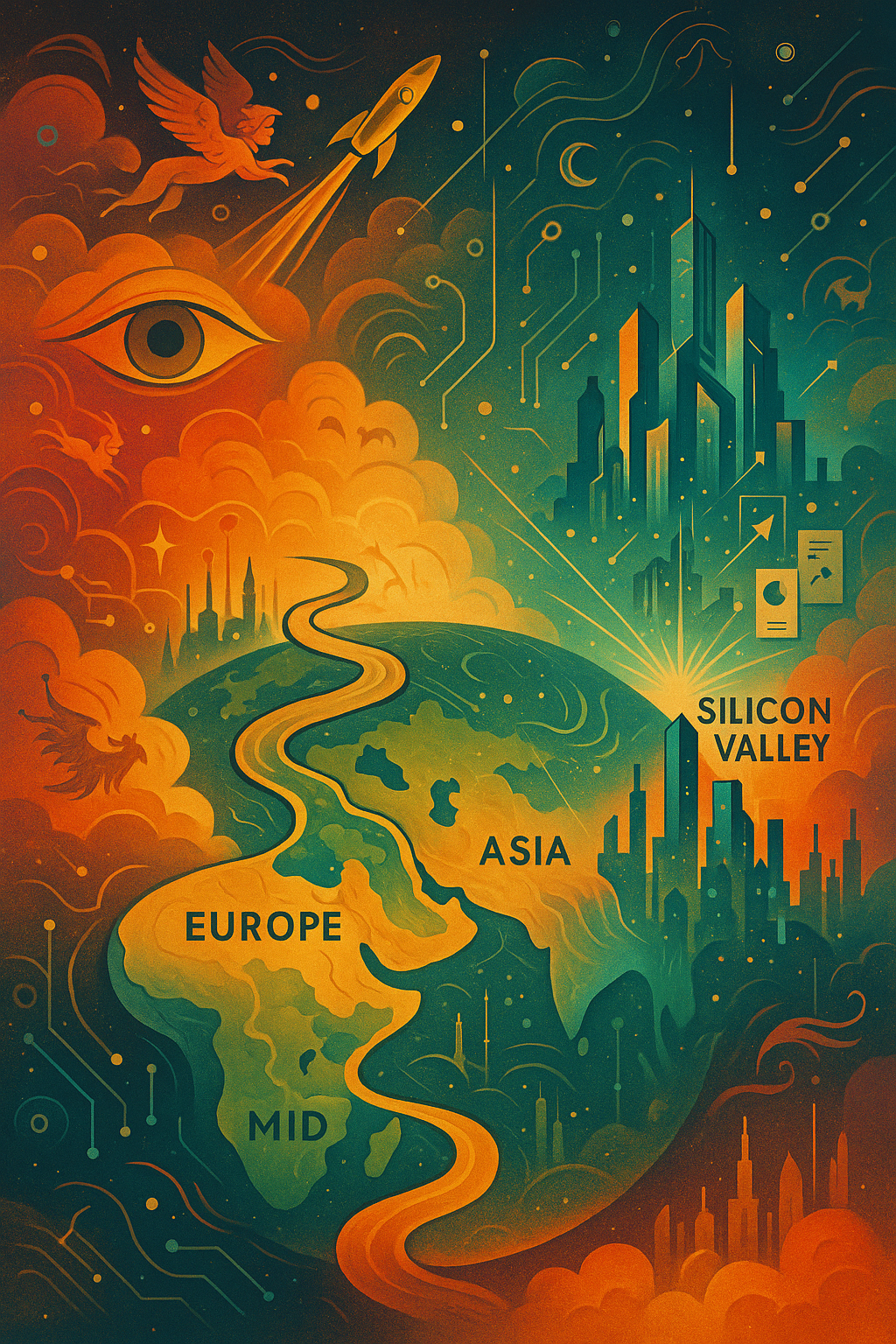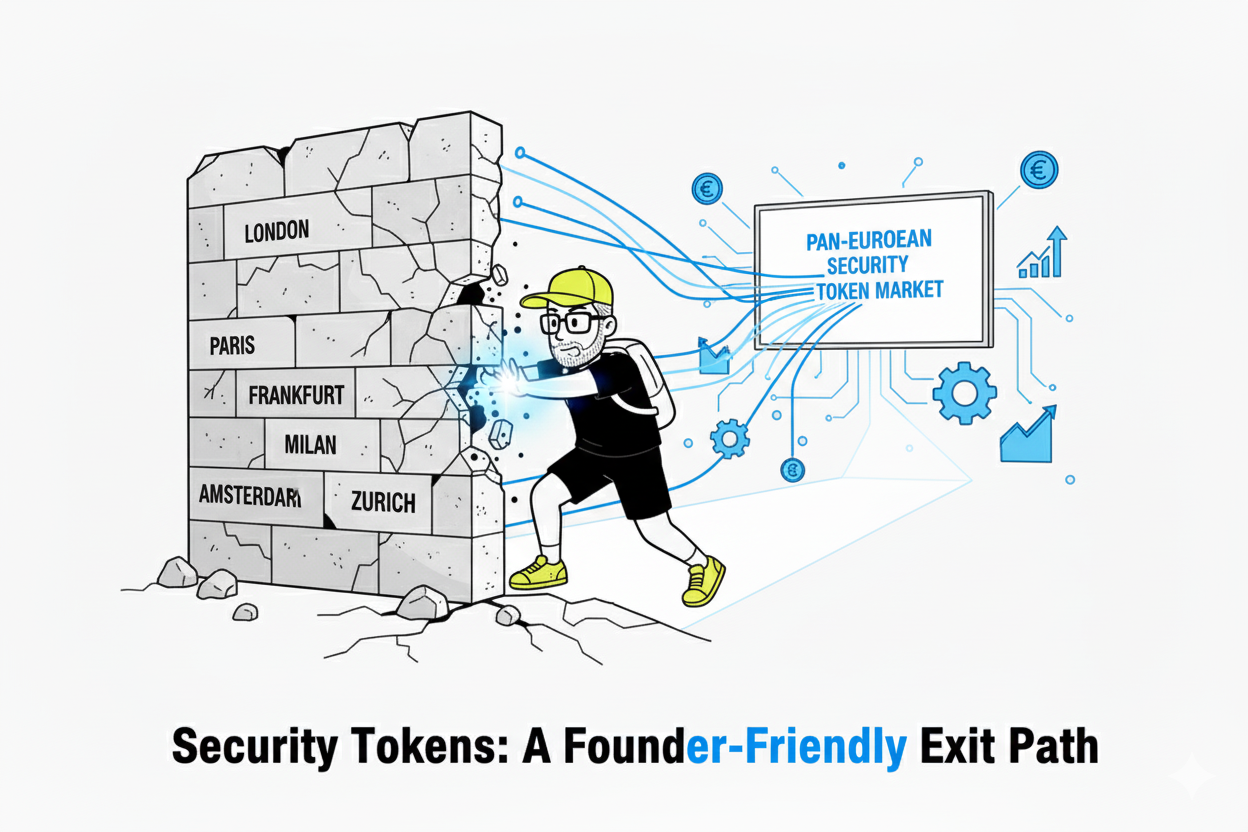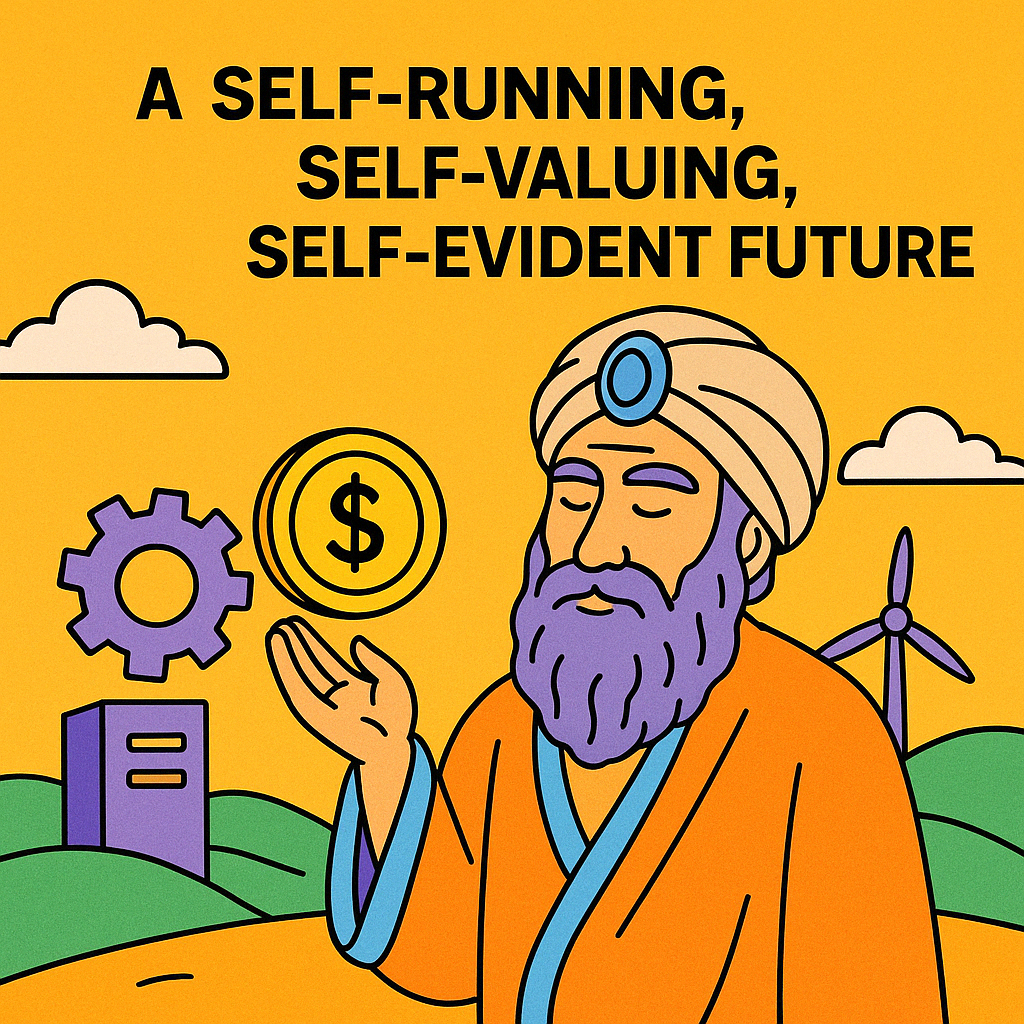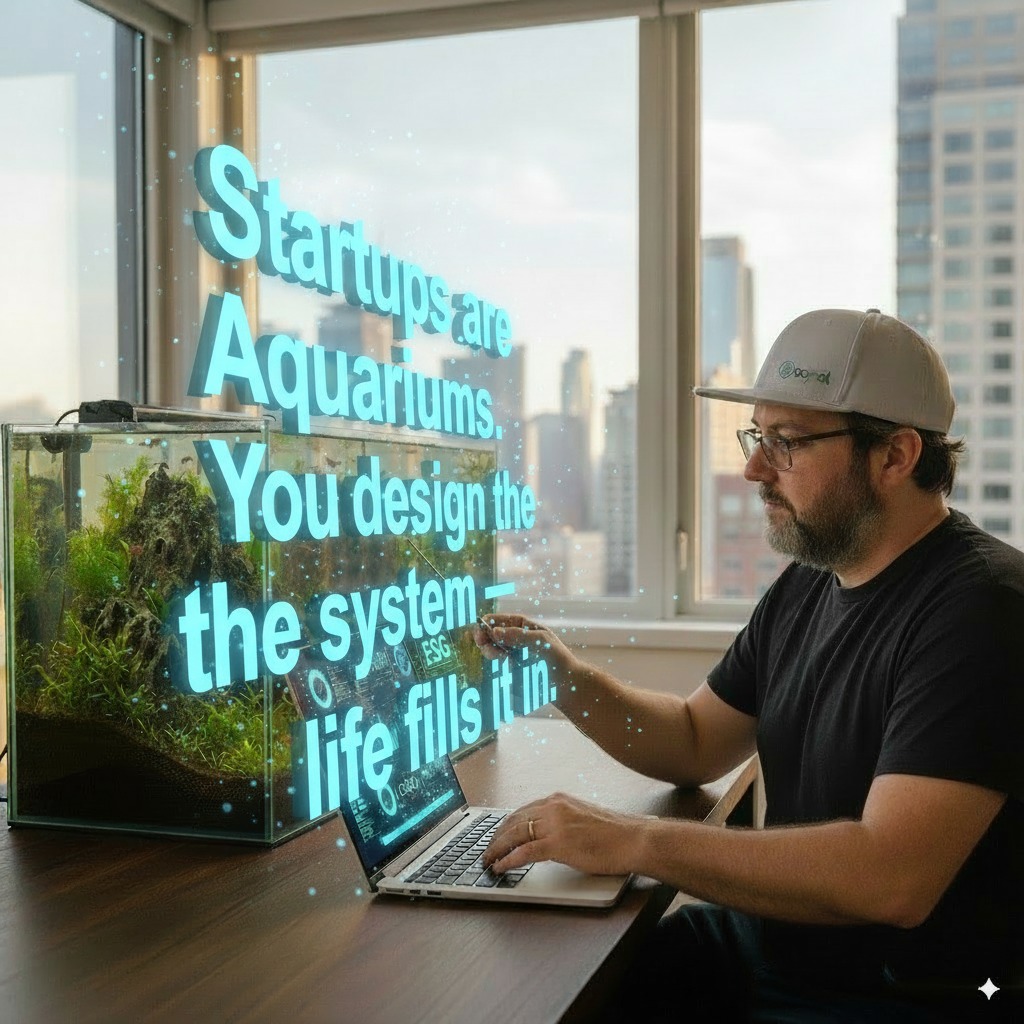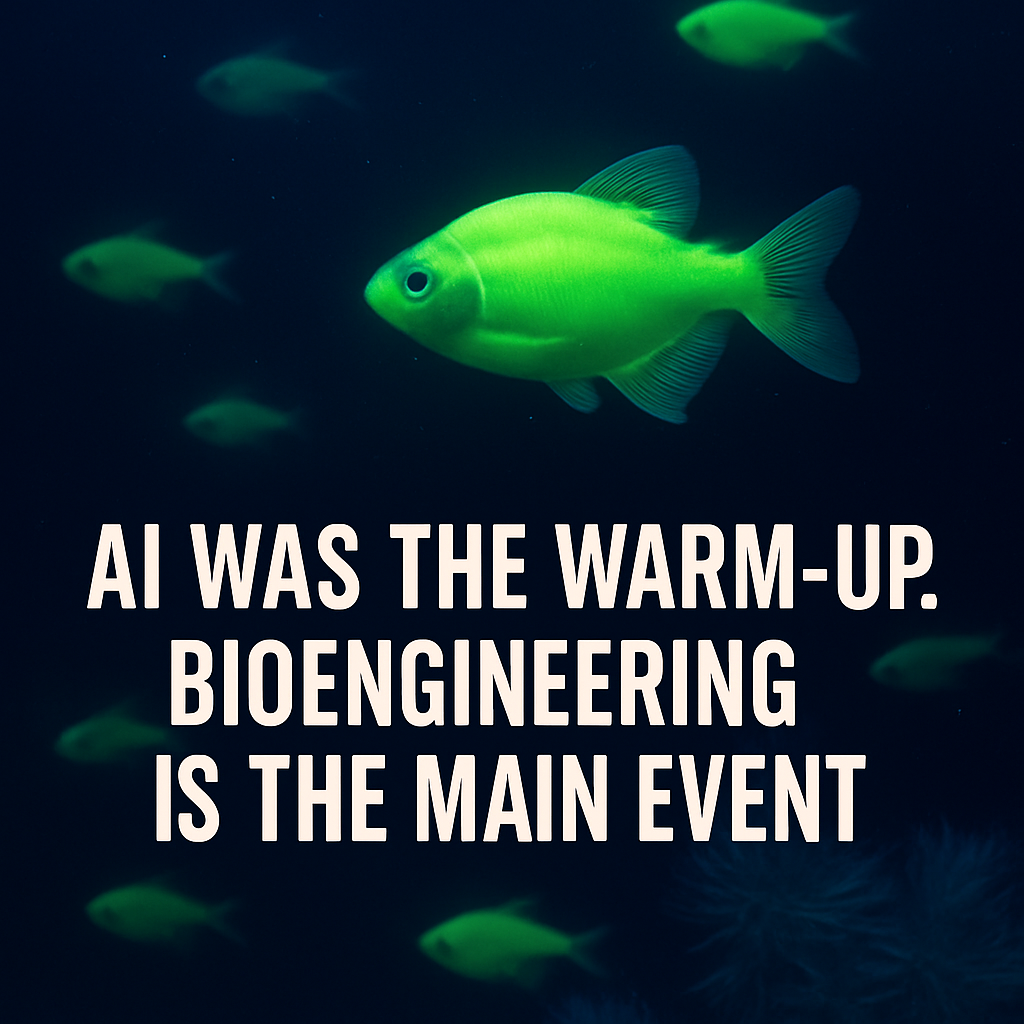Back during the dot-com boom in the early 2000s, it was always my dream to go to Silicon Valley. To walk the streets where the future was supposedly being built. Nearly two decades later, that dream materialized. I finally found myself there—but with a very different lens. After having lived across Europe, Aisa and the Middle East, I had experienced how the world perceives Silicon Valley. And now, having actually stood in it, I came face to face with what it really is.
Silicon Valley is more than just a location. It’s a meta-industry, a system engineered not only to produce technology but to manufacture belief—and extract capital on that belief. It is, at its core, a perfectly built illusion refinery, where narrative is alchemized into valuation and liquidity becomes the only true product.
1. Narrative as Infrastructure
Silicon Valley runs on stories. It is the epicenter of the innovation myth: dorm-room geniuses, exponential growth, changing the world. But under the surface, the engine isn’t made of code or hardware. It’s made of narrative infrastructure.
Every founder is trained to tell a story that is not about the present, but about a monumental future. Slide decks replace prototypes. Pitch meetings outnumber user interviews. What matters is not what works, but what could work—in a trillion-dollar total addressable market.
2. Capital Velocity > Product Viability
In this machine, value is not created through usage. It is simulated through movement:
- Raise funding
- Grow vanity metrics (users, GMV, engagement)
- Raise again at higher valuation
- Exit
A startup isn’t built to last. It’s built to flip. The product isn’t software; it’s a future event: an IPO, an acquisition, a merger. Success is redefined as the ability to sustain capital momentum.
3. The VC Extraction Engine
What struck me most while being there is how self-reinforcing the entire ecosystem is. Silicon Valley doesn’t just invest in innovation—it invests in itself. VC capital flows disproportionately into local founders, local networks, and institutions within the Valley. In fact, over 50% of early-stage VC funding in the U.S. historically concentrates within a few miles radius of Sand Hill Road. Investors tend to back companies within their immediate vicinity, often within driving distance—reinforcing a hyper-local capital cycle. According to data from PitchBook and Crunchbase, over 35% of global VC funding still funnels into the Bay Area, despite the rise of global hubs.
This isn’t just proximity bias—it’s ecosystem entrenchment. Investors bet on who they know, where they brunch, and what signals trust inside their circle. It becomes a recursive loop: the same funds, backing the same types of founders, who went to the same schools, working in the same co-working spaces. Capital stays close, cycling through a tightly-knit trust web—often insulated from broader realities or global needs.
Venture capital doesn’t need broad success. It needs one unicorn per fund. That means most startups are designed to die trying. The funding model rewards risk and spectacle, not prudence or longevity.
Founders chase growth over fundamentals. Product-market fit is nice to have. Story-market fit is essential. Investors extract value early via liquidation preferences, secondary sales, and convertible note structures. They don’t have to wait for impact—only for belief.
4. The Service Stack of Belief
Surrounding every startup is an industrial-grade scaffolding of narrative amplifiers:
- Accelerators and incubators (credential arbitrage)
- Influencer angels and Twitter threads
- PR firms, pitch coaches, growth marketers
Each plays a role in legitimizing the illusion, manufacturing social proof, and fast-tracking the founder into the theater of credibility.
5. When Exit Becomes the Product
The truth is: a company can IPO with no profit, no loyal users, and no defensible moat. But if the narrative held long enough, insiders win.
- Founders cash out on secondary markets.
- VCs report strong IRR.
- Retail investors and public markets inherit the risk.
Impact is optional. Extraction is guaranteed.
Final Thought: The Innovation Refinery
Silicon Valley is not fake. It’s just optimized for belief-based economics. It refines confidence into cash, potential into valuation, and possibility into exit.
It is not a place where value is built. It is a place where value is performed. And in that performance, it extracts billions—not just from markets, but from the collective imagination of what tech was supposed to be.
Postscript: What This Means for Me—and Maybe for You
Realizing this shifted how I now approach my own ventures—Fortuna Digital Asset Custody and Coral.li, our AI-enabled, end-to-end workflow automation platform for enterprise sustainability operations. Rather than trying to wedge them into Silicon Valley’s mold, I now see a clearer, more grounded path: absorb the valuable lessons from the machine—but stay anchored in building real-world solutions, not performative growth.
For Fortuna, we don’t need to chase hype cycles. We’re building productized regulated infrastructure—quietly, first locally then globally, and with trust as the core feature. We can position it as the financial infrastructure rail beneath the surface, not the billboard above it.
With Coral, we can own the Sustainability narrative, not as another SaaS, but as the Sustainability OS—the AI-powered compliance and intelligence backbone of future corporations. We can speak the language of Silicon Valley (“category creation,” “vertical AGI,” “automated intelligence layer”)—but build with roots in the Middle East, Europe, and beyond.
Silicon Valley taught me that the illusion can be weaponized. But also—truth scales better. You just need patience, grit, and an ecosystem of your own. Build trust where you are. Tell your story your way. And when the Valley eventually looks outward again, they’ll be chasing the very signals you’ve already mastered.
Rounding Thought: Eyes Open, Heart Forward
This didn’t leave me jaded—it left me awake.
The illusions peeled back, the gears exposed,
and in that raw clarity, I found resolve.
I won’t build louder or faster—
just truer.
I walk on not with blind faith,
but with open eyes and a steadier pulse.
Whether the path winds further intoSilicon Valley,
threads deeper through Europe or the Middle East,
or veers into places I can’t yet name—
I’ll follow it with less noise, more meaning.
No map. Just direction.
Let’s see where it leads.
(A whisper to the future me: Return here.
Read this again in a year or two.
See what stayed true—and what grew.)
